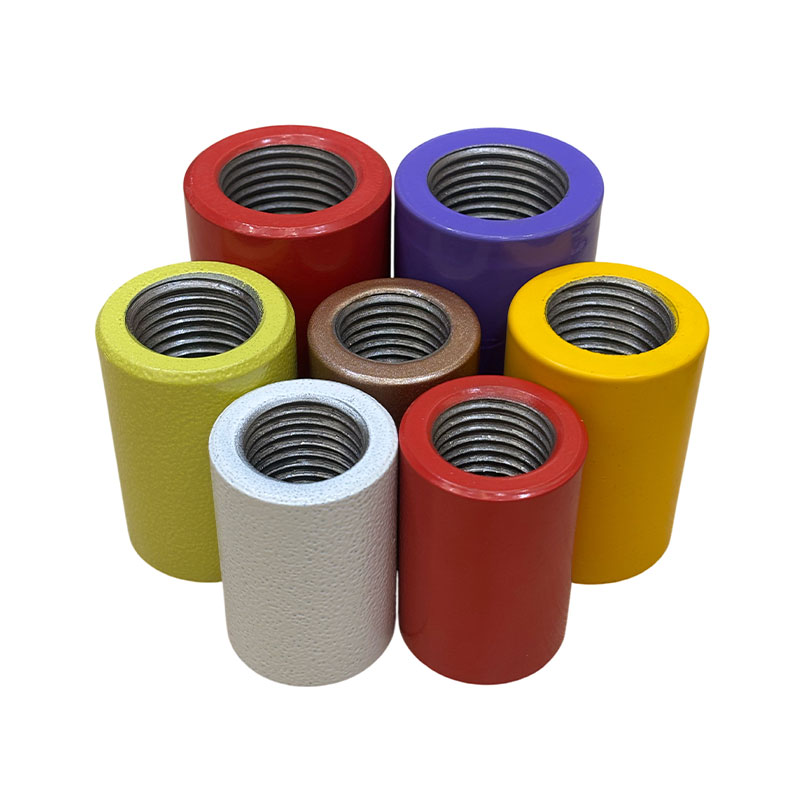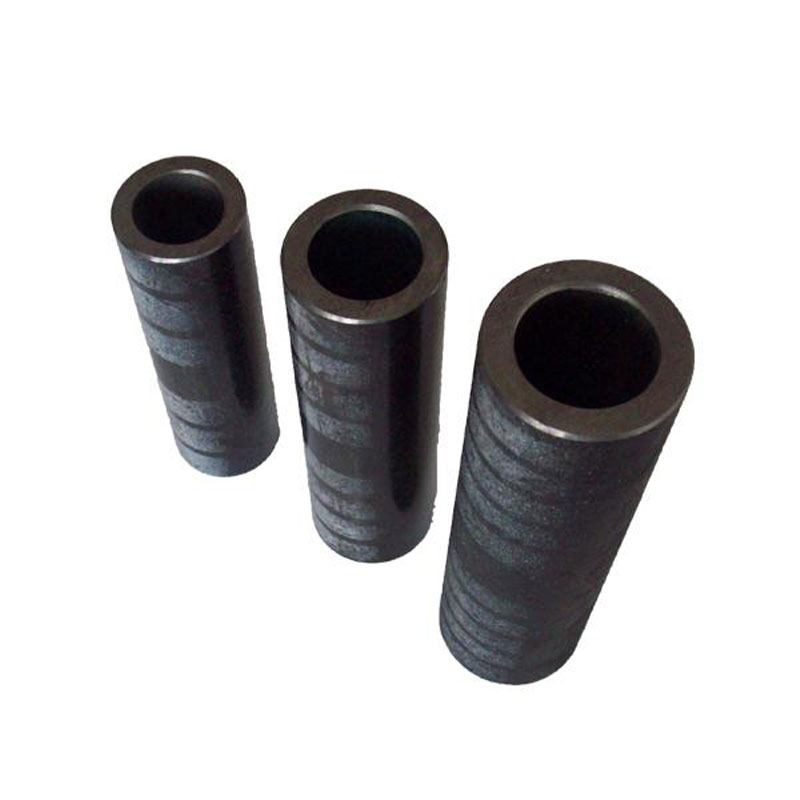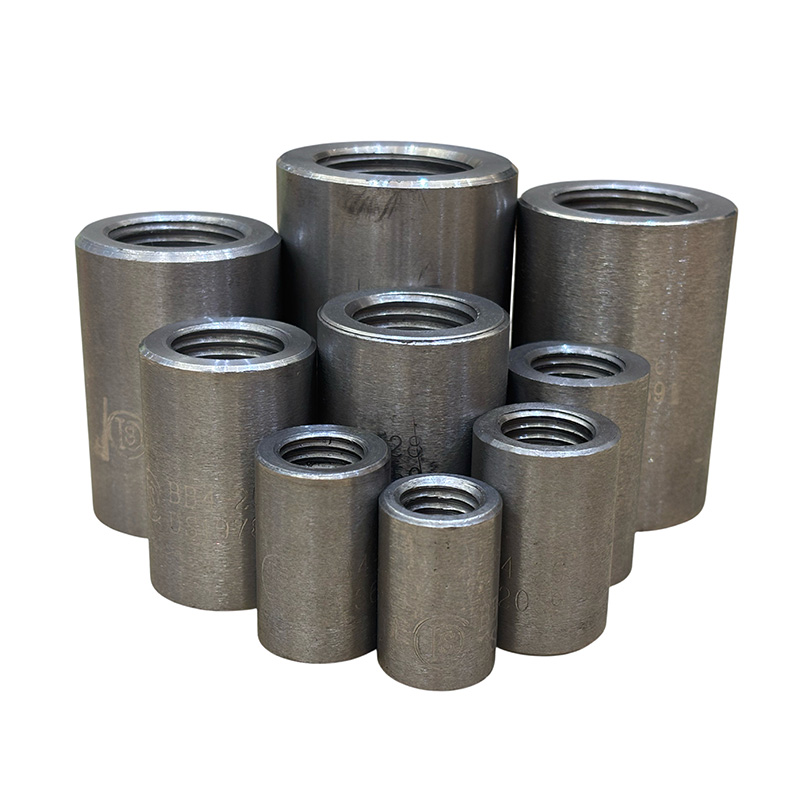Rebar Coupler: Key Technology For Efficient Construction
Today, as the construction industry pursues efficiency and precision, rebar coupler are no longer simple “alternative binding” tools, but core components that directly affect structural safety, construction speed and cost control. However, faced with a variety of connection methods on the market, many engineering teams are still struggling to balance the triangle of “performance, cost, and reliability”. Which connection technology is more suitable for your project? How to avoid potential risks in hidden projects? This article will address key issues and help you make better decisions.
Table of Contents
What is a Rebar Coupler?
The core value of a rebar coupler is not just to save the trouble of tying or welding, but to ensure that the rebar is evenly stressed and the nodes are stable. Traditional welding is easily affected by the level of operation, while tying and lap joints waste materials and reduce node strength. In contrast, high-quality mechanical connections can ensure nearly 100% of the strength of the rebar is transferred, especially for high-rise, large-span or earthquake-resistant buildings.
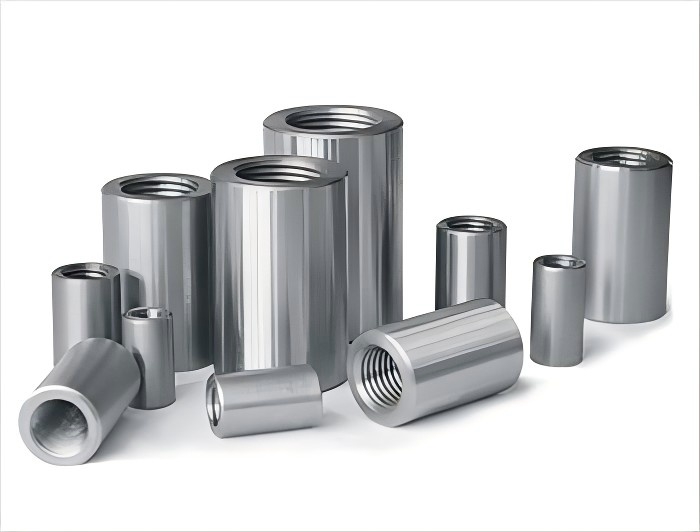
Comparison of Common Types
Currently, the mainstream steel bar connection methods on the market can be divided into two categories:
Mechanical coupler (such as straight thread, tapered thread, sleeve extrusion)
| Type | Working principle | Applicable scenarios | Advantages |
| Sleeve Extrusion Coupler | Use special equipment to apply pressure to the sleeve to make it plastically deformed, clamp the steel bar to achieve connection. | Connection of steel bars with larger diameters, such as bridges, high-rise building foundations, etc. | High connection strength, good reliability, and low requirements on the surface of the steel bar. |
| Straight Thread Coupler | The end of the steel bar is processed into a straight thread, and the internal thread of the sleeve is screwed with the external thread of the steel bar for connection. | Steel bar connection in various construction projects, especially suitable for projects that require fast construction. | Convenient construction, high connection accuracy, can achieve equal strength connection of steel bars, and can be disassembled. |
| Taper Thread Coupler | The end of the steel bar is processed into a tapered thread and screwed into a sleeve with a tapered thread. | It was once widely used in construction projects, but was gradually replaced by straight thread coupler. | The connection speed is faster, but the thread processing accuracy requirements are higher, and the connection strength is slightly lower than that of straight threads. |
| Groove Weld Coupler | Use arc heat to fuse the steel bar and the coupler together to form a welded joint. | Some special projects with high welding quality requirements. | The connection strength is high, but welding stress and deformation may occur during the welding process, which requires high technical skills of the operator. |
Grouting sleeve (special for prefabricated buildings)
Mainly used for prefabricated component splicing, relying on high-strength grouting material filling. If the grouting is not dense, it may become a structural hazard.
In special scenarios (such as corrosive environments), epoxy resin rebar coupler are also used to ensure long-term durability.

Decisive Factors In Technology Selection
1. Performance indicators: tensile strength vs. ease of construction
In theory, all connection methods should meet the JGJ107-2016 standard (China’s construction industry implementation standard), but in actual projects, seismic performance is often the key consideration. For example, tapered thread sleeves perform better in high-intensity earthquake zones, while straight thread sleeves are more cost-effective in ordinary buildings.
2. Cost control: Don’t just look at the unit price, calculate the comprehensive cost
Initial cost: Straight thread sleeves are low in price, but if the thread processing is unqualified, the cost of subsequent rectification may double.
Impact on construction period: The slow speed of sleeve extrusion connection may drag down the overall progress and lead to increased indirect costs.
Key conclusion: The cheapest is not necessarily the most cost-effective, and the fastest is not necessarily the most reliable. A comprehensive assessment must be made in combination with project needs.
Industry Pain Points And Innovative Solutions
1. Common construction problems: Why do connection nodes fail?
Thread processing errors: Insufficient thread head length or mismatched tooth profiles cause steel bars to slip.
Grouting sleeve defects: Grouting material is not filled solidly, forming cavities and reducing node strength.
2. How does cutting-edge technology solve the problem?
Intelligent torque control system: Ensures that the tightening force of each sleeve is consistent to avoid manual errors. It can also store a large amount of torque data and transmit it to a computer via USB or wirelessly for easy analysis and management.
Self-monitoring coupler (built-in fiber optic sensor): Real-time monitoring of node stress status and early warning of potential risks.
Although these technologies have not been fully popularized, their value has been verified in key projects and may become industry standards in the future.
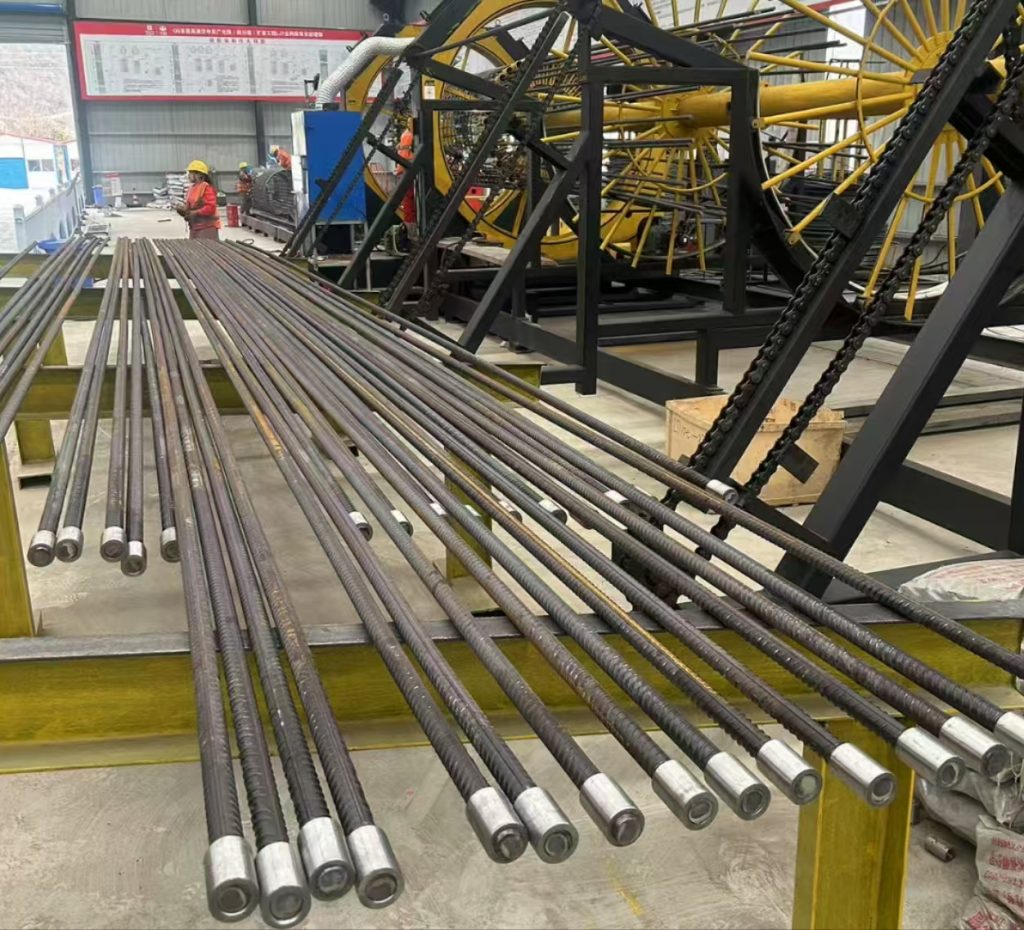
Standards and Construction Points
1. Key indicators for testing
Unidirectional tensile test: Verify whether the ultimate tensile strength meets the standard.
High stress repeated tension and compression test: Simulate earthquake conditions to ensure that the nodes are not loose.
Residual deformation: Exceeding the standard value (such as 0.1mm) may indicate that the connection is unreliable.
2. Key points for construction
Material selection: According to the design requirements and actual project conditions, select the appropriate type and specification of steel bar coupler to ensure that their quality meets the relevant standards.
Rebar processing: When processing the ends of the steel bars, such as straight thread processing, it is necessary to ensure that the accuracy and length of the threads meet the requirements to avoid affecting the connection quality due to processing errors.
Installation requirements: When installing the coupler, ensure that the steel bar and the coupler are tightly matched, and the tightening torque reaches the specified value. For extruded coupler, the extrusion sequence and strength need to be controlled.
Quality inspection: During the construction process, the coupler need to be sampled and inspected, such as tensile tests, to verify whether the connection strength meets the design requirements.
Summary
The selection of rebar coupler is not just a matter of “it works”, but a core decision related to structural safety, construction efficiency and long-term costs. Only by deeply understanding the advantages and disadvantages of various technologies and combining them with the actual needs of the project can we avoid pitfalls and truly improve the quality of the project.


